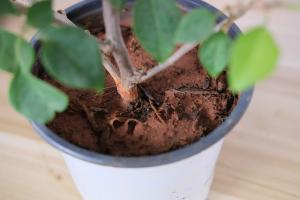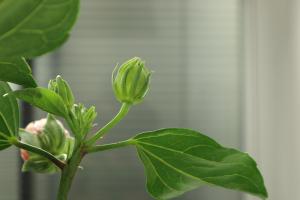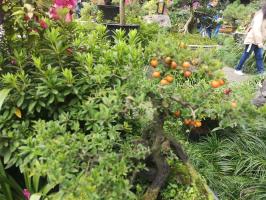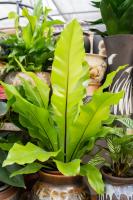1、 Soil:
It is best to use acid soil for cultivation. At the same time, the soil should have the characteristics of loose, fertile and good drainage, so that it can grow better
2、 Illumination:
During the growth of Pinus sylvestris, sufficient light should be received to promote the growth of the plant. However, it is not resistant to strong light. If the brightness is strong, it should be properly shaded to avoid sunburn the plant
3、 Watering:
Pinus sylvestris is drought tolerant but not flood tolerant. It has low requirements for water and does not need frequent watering. Do not water too much to produce ponding, otherwise it will cause root waterlogging
4、 Temperature:
Pinus sylvestris is not resistant to cold and likes warm climate. The suitable temperature during growth is about 25 ℃. The temperature should not be lower than 0 ℃ in winter to avoid frostbite
5、 Precautions:
1. Disease:
The main diseases of Pinus tabulaeformis are stem blight and leaf spot. They will harm the leaves and rhizomes of Pinus sylvestris, and seriously cause plant death. Pay attention to ventilation during cultivation. In case of diseases, spray carbendazim solution for 3-5 times for control
2. Pests:
Pine caterpillars, which feed on the leaves of Pinus sylvestris, seriously endanger the normal growth of plants. If pests are found, trichlorfon can be sprayed to eliminate them, or they can be controlled by trapping and killing adults

 jackfruit
jackfruit snake plant
snake plant hibiscus
hibiscus hydrangea
hydrangea lavender
lavender Green roses climb al...
Green roses climb al... If you don't pay att...
If you don't pay att... Management of four g...
Management of four g...



































